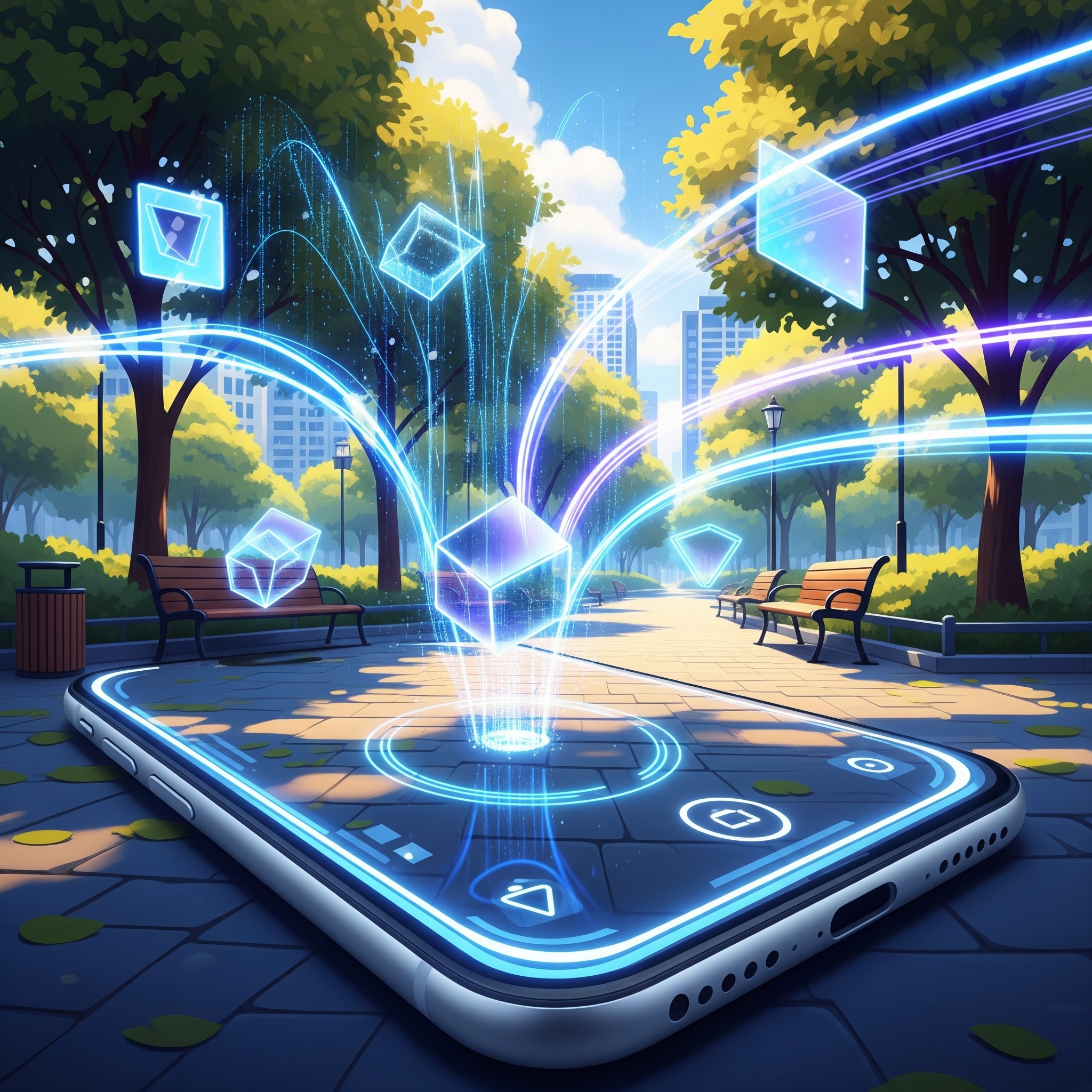We live in a world intertwined with mobile technologies, encountering new innovations every single day. Among the most striking of these innovations is Augmented Reality (AR). By integrating digital content into our physical world through our smartphones and tablets, AR is fundamentally transforming the mobile app experience. We’re no longer just looking at a screen; we’re seeing digital layers beyond the screen, interacting with the real world.
A Revolutionary Customer Experience
AR’s impact on mobile apps is revolutionary. Unlike traditional applications, AR apps empower users to shift from being passive consumers to active participants. Take a furniture app, for instance: Previously, if we wanted to buy a sofa, we’d simply look at product photos. Now, thanks to AR, we can virtually place that sofa in our living room, in its true dimensions and angles, instantly seeing how it fits our space. This makes an enormous difference in terms of personalizing the customer experience and simplifying the decision-making process.
Beyond Entertainment: Cross-Sector Transformation
The gaming industry was among the first to recognize AR’s potential on mobile devices. Games like Pokémon GO brought millions of people outdoors, turning the real world into a playground. However, AR’s influence isn’t limited to entertainment. It has a transformative role across many sectors, from education to healthcare, retail to engineering. Medical students can examine human anatomy with 3D models, retailers can offer virtual fitting rooms, or maintenance technicians can repair complex machinery with real-time AR instructions.
Evolving User Interaction and Future Potential
AR integration into mobile apps enhances user interaction and engagement. Users are drawn to immersive experiences that seamlessly blend the physical and digital worlds. This opens up new creative horizons for app developers, enabling them to create more innovative, useful, and entertaining applications. Of course, there are still challenges to overcome for AR to reach its full potential, such as hardware limitations, battery life, and development costs. However, given the rapid pace of technological advancement, it’s certain that these obstacles will eventually disappear.
Conclusion
In conclusion, Augmented Reality is redefining the future of mobile applications. It doesn’t just provide information; it enriches how we experience and interact with the world. As AR becomes more integrated into every aspect of our lives, mobile apps are moving towards a more interactive, personalized, and immersive future. This is undoubtedly the beginning of an exciting era for both developers and users alike.





